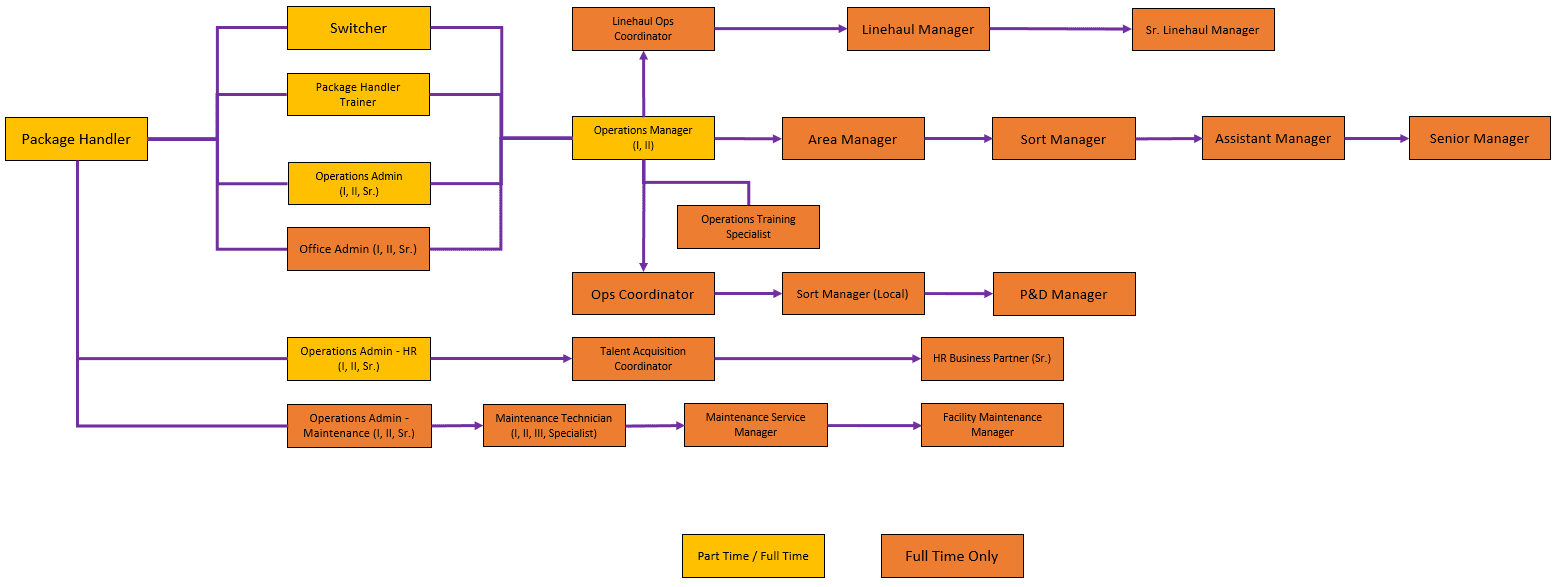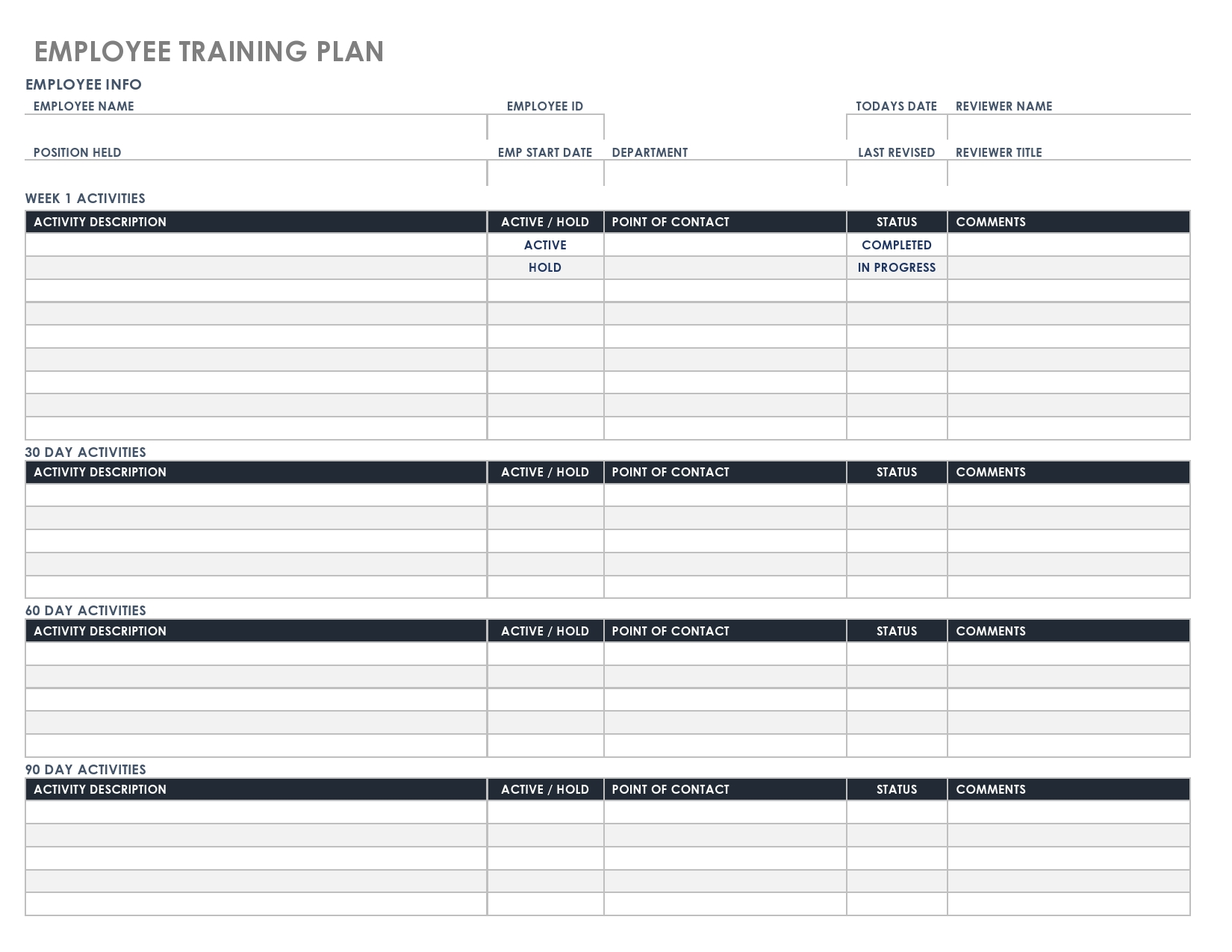Get a little extra help kicking off your organization’s career pathing program.
Most of us wouldn’t attempt to put a piece of furniture together without consulting the instructions, so why should kicking off a new human resources initiative be any different?
For HR professionals who want to improve employee engagement and get strategic about planning for the future of their workforce, there isn’t a better strategy to implement than career pathing. But if you haven’t put this employee development tactic into practice before, you will need a little extra guidance to make sure you’re getting it right.
Enter: Career pathing templates. Designed to help HR professionals and team managers navigate key points of the process, using a template to kickstart your organization’s career pathing program is a no-brainer.
And here’s the best news: We’ve designed a free, downloadable career pathing template for you, and all you have to do to find it is to keep scrolling.
What is a career pathing template?
A career pathing template is a resource designed to guide HR professionals and team leaders through the career pathing process. Many different versions of career pathing templates exist online, but the idea behind each of them is the same: to act as a tool for creating career roadmaps for employees and outlining the skills and training they need in order to reach their career goals.
Download now: Capterra’s free career pathing template
3 must-have components of a career pathing template
To maximize the helpfulness of a career pathing template, it needs to include elements that support each step of the process. So, before we explain the three components of our career pathing template, let’s outline five essential steps of the career pathing process:
steps of the career pathing process
First, employees should fill out a self-assessment that details their short- and long-term career goals. This can be done through an IDP, a talent profile in HR software, or a survey.
Next, HR team members should reference theirworkforce planning projections to determine which skills and positions their organization will need in the future.
Then, career maps should be created for individual employees (either by an HR professional or their team manager) based on the overlap between the employee’s interests and the business’s short- and long-term skill needs.
Managers present the career maps to their direct reports and discuss potential career paths. They should also define the skills and training needed for employees to pursue the career path that’s of interest to them.
Lastly, employees should begin a development program to gain the skills and experience they need to reach their career aspirations.
Now, here’s a breakdown of the components we’ve included in our career path template to help guide you through this five-step process:
1. Individual development plan (IDP)
Individual development plans (IDPs) are tools that help employees define their career goals and plan out how to reach them.

An IDP template from Gartner (full content available to clients)
In addition to being an employee retention tactic, career pathing is an engagement strategy. IDPs (and their less-formal substitutes) are fundamental when it comes to improving engagement, because they prompt your employees to reflect on their strengths and skills in an effort to envision where they want their career to go.
2. Career map
A career map is a tool that helps employees visualize their potential paths through your organization. Depending on the size of your workforce, career mapping may be done by team managers or HR professionals.

A career map for a FedEx employee (Source)
The Society for Human Resource Management (SHRM) makes the point that career maps should include promotions as well as lateral and cross-functional moves. For career mapping to be successful, the employee’s past experience and interests should be taken into consideration, as well as any new knowledge, skills, and abilities they will need to gain in order to take on a new position.
Ready to hire a staffing agency for your business needs? Browse our list of companies in the following areas:
3. Training and development plan
A training and development plan is used to set learning objectives for employees related to their career goals and track their progress toward them.

An employee training plan template (Source)
Usually these plans will include a mix of formal training and professional development activities alongside less structured objectives (such as a line item that encourages the employee to expand their knowledge in certain subject matter on their own time).
Capterra tools and tips
Before you jump into using this template, check out our tips for maximizing the value you get out of career pathing:
First things first, read our related content if you want more information about career pathing and its benefits: What is Career Pathing? A Strategy for Retaining Talent and Reducing Turnover.
Understand the skills and roles your future workforce will need before you create career maps. This will help you align employee development plans with future business needs. If you are unsure of how to project the skills your workforce will need in the future, start here: What Is Strategic HR Planning? A Guide for Your Business.
Have a plan in place when it comes to learning and development. While you could hodge-podge together a training plan with a mix of virtual courses and one-off workshops, for longevity’s sake, it is a much better idea to formalize your L&D strategy. Investing in a learning management system (LMS) is just one way to do this.
Follow through by offering career advancement opportunities to employees. If you don’t support your employees’ career aspirations by helping them get where they want to be, then you’re not going to experience the boost in employee retention that career pathing offers.
Career pathing helps your organization deliver individual-specific development opportunities
In Capterra’s Remote Work Culture Survey*, we asked HR professionals to rank 14 factors that influence their employees' job satisfaction from most important to least important. Compensation and work-life balance were seen as the most influential, with opportunities to advance their career following closely behind.
Career pathing is a great place to start if you want to provide your employees with well-thought-out career advancement opportunities that will ultimately entice them to stay with your organization longer. You know the five-step process you need to follow—all that’s left to do is download our free career pathing template.

